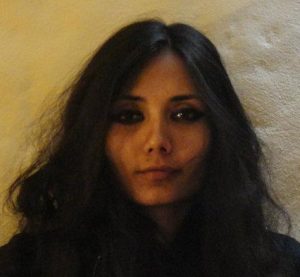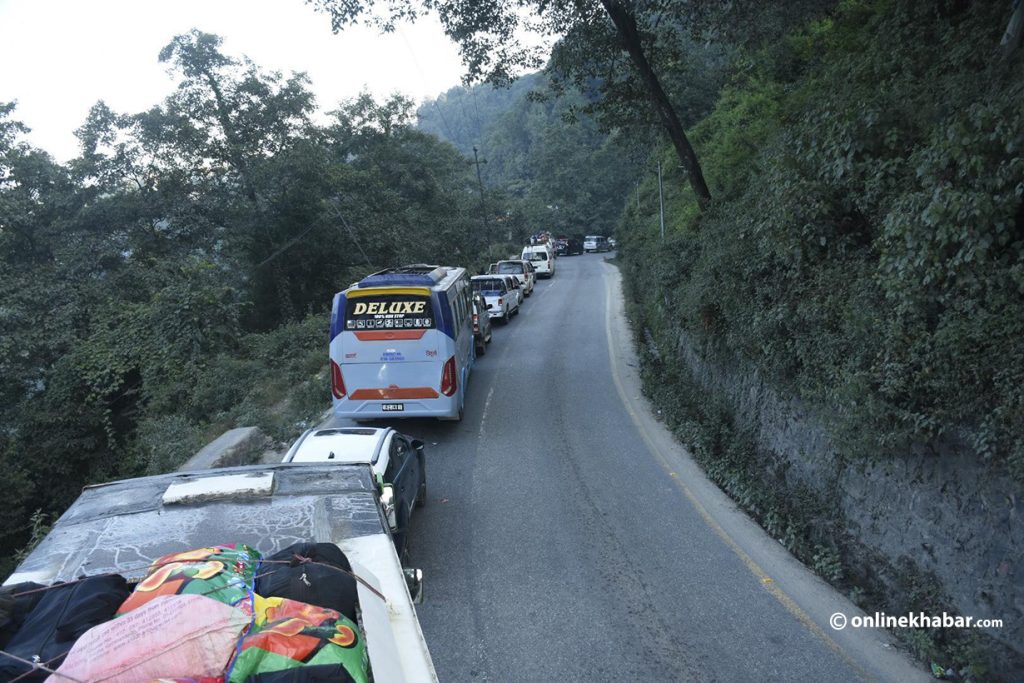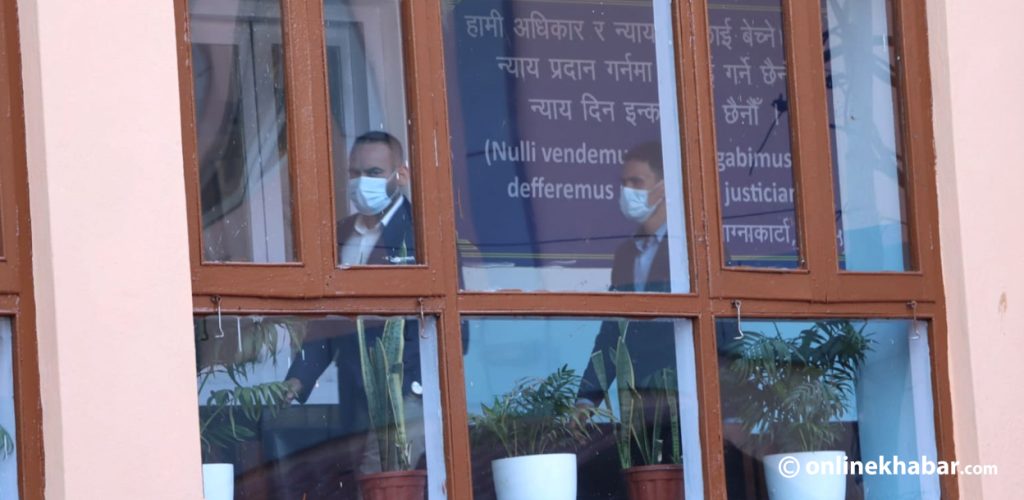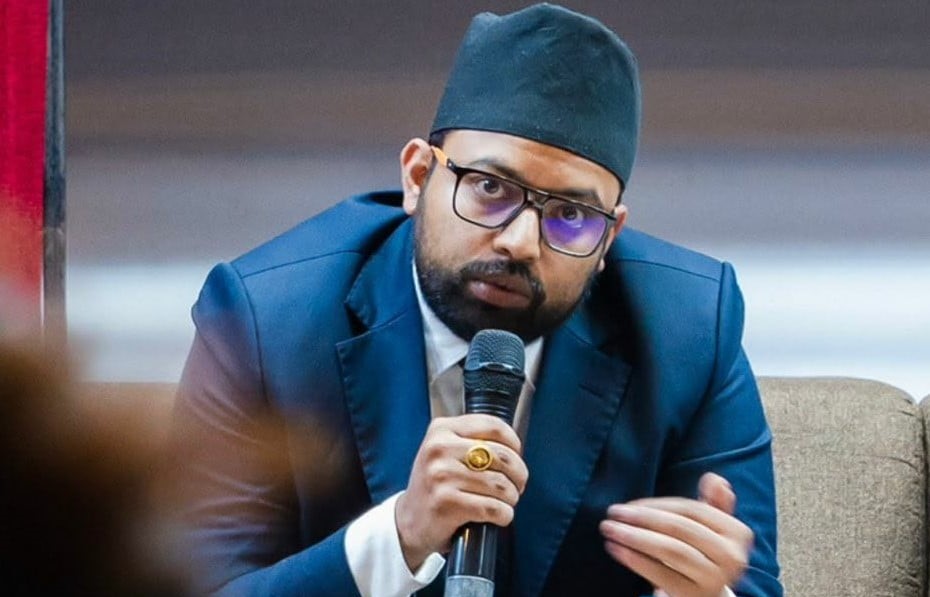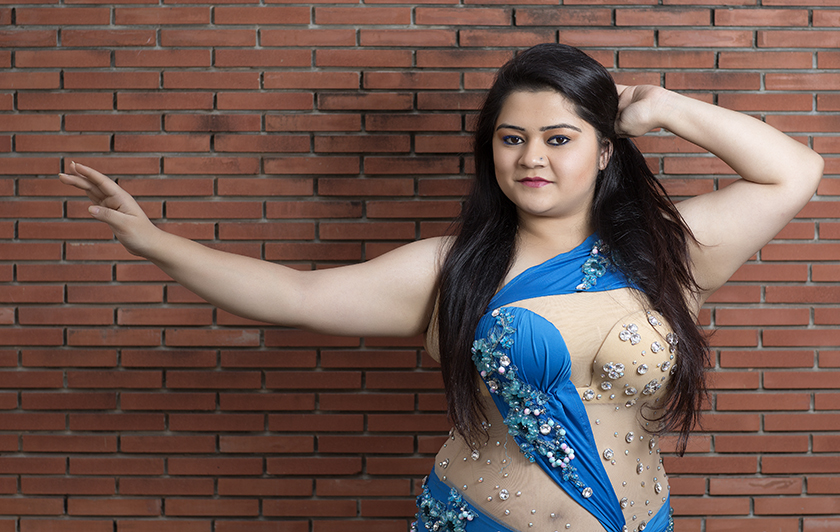
Born and raised in Kathmandu, Pinky Sapkota always had an innate sense of connection with dance movements. Trained in Salsa and Bachata at the Salsa Dance Academy, she knew from early on that her passion for dance would be a big part of her life. Later she realised belly dance was her calling.
Fluid movements, isolated structures and intoxicating music are synonymous to belly dancing. Also known as Oriental Dance, Raqs Sharqi and Eastern Dance, this form of storytelling has crossed numerous continents and cultures.
Belly dancing crossed Sapkota’s mind when she was watching the tele. “When I saw Meher Malik on TV for the first time, I felt so proud to be a woman because of the way she represented and celebrated feminism through belly dance. Then I started doing more research about this dance form and I fell in love with this form,” says Sapkota with whom I got an opportunity to talk to about her experience on being one of the pioneering belly dancers in the country.
The art form that Sapkota practises can be traced to Egypt, where women got together and danced for one another. Temple paintings suggest that the dance was practised as early as 1,000 BC in Mesopotamia, Egypt and Greece. It is also said the dance originated in India over 5,000 years ago. It is believed that the temple priestesses performed this dance in order to celebrate and worship fertility. It then reached the Middle-east through Gipsy migrants– ‘Roma’ in Europe, ‘Ghawazee’ in Egypt and the ‘Nawar’ in India. In Europe, Flamenco, one the most famous Gipsy dances shares uncanny similarities with belly dance.
“After I saw Meher perform in 2012 when she was in Nepal for a workshop, I dreamt that one day I will learn from her and dance just like her,” she says.
In 2013 she finally decided to move to India to learn the dance.
She had made her choice even as the message of belly dance, created to celebrate womanhood in a close group during childbirth to relieve labour pain, has been quite manipulated. Artists feel that in recent times, there’s a lot of prejudice towards belly dancing. It is considered to ‘exotic’, and performers promiscuous and ‘sexy’. Many people think it is performed by women for men.
As the identity problem of belly dance spreads, there are a few women who are continuously working to get to the roots of the art form and to spread its mystique around the world. Sapkota wanted to join them.
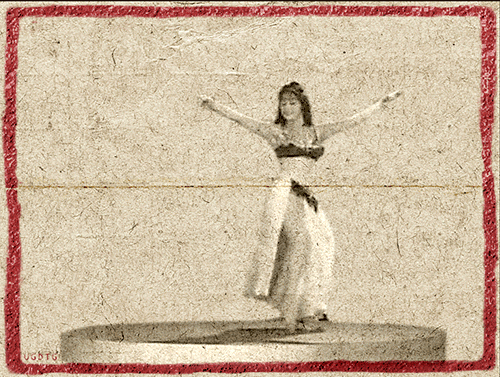
She agrees that in Nepal, the way people look at belly dance is similar to that in the West.
Many people do not see that it is an empowering form of movement. They don’t see that it strengthens the core of those who practice it, and is also an antidote to body shaming.
When she told her parents she wanted to go to India to learn dancing, her mother was sceptical about sending her away on her own; her father was supportive from the start.
“Both of them knew that when I set my mind to something, I pursue it relentlessly,” she shares. Worried, but confident in her decision, her parents supported Sapkota throughout.
“My parents are the biggest inspiration in my life. They always tell me to follow my dreams. They have brought me up to become independent and strong-minded.”
When she moved to New Delhi to pursue her passion, she enrolled at the Banjara School of dance, the dance institute run by Meher Malik herself. “It was very challenging for me at first.”
She adds, “I didn’t know anyone there and it was difficult to communicate as I couldn’t speak Hindi fluently. However, with time, I started to open up and gained more confidence as I learned the techniques and movements.”
“Now, I feel completely at ease with all the girls, or banjarans that’s what we call ourselves. With them, I feel like home.”

After four years of intensive training, Sapkota finally decided to return home. She wanted to create a foundation for belly dance to help those who wish to pursue it in Nepal, where opportunities are limited.
“I am enthralled to come back and start teaching belly dance in Nepal. I have worked very hard to fulfil my dream and now that everything is happening like I had worked for, it all seems surreal. I really want to educate the people here about belly dancing and erase the misconceptions,” she says.
Sapkota is now working with different dance and fitness studios all over Kathmandu and will soon start classes. Her dream is to spread the love and devotion that belly dance symbolises.
The 24-year-old hopes to inspire more people who dream for themselves and have the courage to act to fulfil those dreams.
Her perseverance and dedication have created a humble and beautiful artist within her.
Shristi is an animal lover, a writer and a dance enthusiast. She’s been campaigning for animal rights more than a decade. Also a fitness instructor, Shristi is a believer in equal rights for humans and animals alike. She is a mother of a two-year-old girl, the fuel that ignites her soul.



